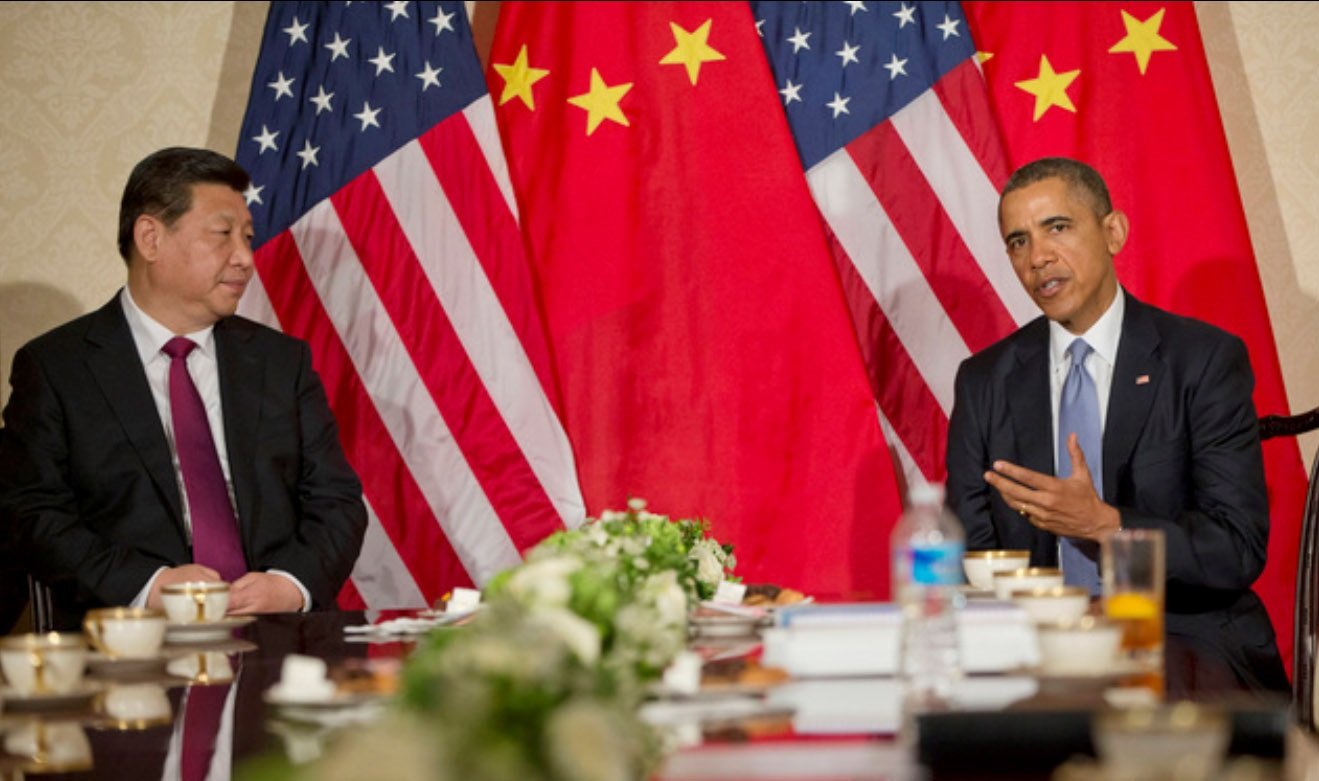The US Supreme Court’s decision to temporarily halt implementation of President Obama’s Clean Power Plan until the courts reach a final decision on the legal merits has raised concerns in other countries about the ability of the U.S. to meet its climate commitments.
Yet as NRDC President Rhea Suh explained, this ruling cannot reverse the global shift away from dirty fossil fuels towards cleaner, smarter ways to power our future. In particular, it will have little effect on the ambitious climate plans of China, the world’s largest carbon emitter.
China’s climate actions are grounded squarely in its own self-interest and driven by concerns about air pollution, energy security and the country’s own vulnerability to the devastating impacts of climate change. China also recognises that moving away from coal-powered heavy industry and investing heavily in low-carbon technology are keys to its long-term economic growth.
An excellent recent report, China’s Low Carbon Future Offers Global Opportunities (authored by China Dialogue in association with the Energy and Climate Intelligence Unit and Low Carbon Innovation in China), explains in detail why the notion of China as a “reluctant laggard on climate and clean energy is definitely out of date”:
It adds: “China is moving towards a low-carbon future with unexpected speed and remarkable breadth of vision. Its manufacturing companies already lead the world in market volume for products such as wind turbines and solar panels. Increasingly, those products will both provide power for China itself and for the rest of the world.”
The report continues: “At the same time, it is putting tougher constraints on coal-burning than any analysts deemed possible five years ago, driven by the spectre of air pollution and climate change impacts. These national trends complement a much-changed approach to international climate change negotiations.”
China’s climate targets are among the strongest in the world. Its pledge to meet 20% of its energy needs with non-fossil energy by 2030 will require China to deploy an additional 800–1,000 gigawatts (GW) of wind, solar, nuclear, and other zero emission generation capacity by 2030 — more than all the coal-fired power plants that exist in China today and close to the total current electricity generation capacity in the US.
China’s new 65% carbon intensity target, moreover, is virtually unprecedented. According to Frank Jotzo, Director of the Centre for Climate Economics and Policy at the Australian National University’s Crawford School of Public Policy, a 65% reduction in carbon dioxide emissions intensity means an annual decarbonisation rate of 4% per year all the way from 2005 to 2030.
“This rate has little precedent and exceeds decarbonisation rates in the US and Europe, he says, adding: “China has submitted a long list of actions in support of its climate target, ranging from a lower-carbon energy supply to more efficient industry and revamped transport and urban systems, with a strong role for a national carbon market.”
He continues: “China is clearly serious about this, and its actions are driven by self-interest: industrial modernisation is necessary to reach the next stage of development, cutting coal consumption helps with air pollution, relying less on fossil fuels improves the security of energy supply, and pushing advanced energy technologies could give China an edge in global markets.”
Green finance
My colleague Alvin Lin explained why we can trust China to meet its climate commitments, regardless of what happens in other countries. But the real proof is in the pudding, as China is moving faster and further than anyone expected to kick its coal habit and deploy clean energy.
Driven by a record $110.5 billion in clean energy investment in 2015, China installed half of all new wind capacity worldwide last year and overtook the EU. China also just surpassed Germany as the world’s largest installer of solar panels. According to the Washington DC-based China Environment Forum, more than 38 million tonnes of carbon dioxide had been traded in the secondary carbon markets of China’s seven pilot regions by July 2015. And last month, China became the first country in the world to issue official rules on issuing green bonds, designed to raise more private sector capital to invest in the country’s transition to a green economy.
Coal use falling
In a previous article, I also detailed the decisive steps that China is taking to curb its reliance on coal, phase out heavy industry and cut energy demand through greater efficiency. The good news is that all of these efforts are bearing fruit: China’s coal consumption is dropping steadily as its economy continues to grow. China is now on a path to achieving its Paris climate commitments well before its 2030 target date.
Moreover, thanks in large part to China’s decreasing coal use, global CO2 emissions are estimated to have declined by about 0.6% in 2015. If this is confirmed, it will be the first-ever drop in global CO2 emissions during a period of economic growth.
As President Obama’s Clean Power Plan continues to wind its way through the legal process, China’s climate leadership should reassure other countries that the fundamental global shift away from dirty energy towards a cleaner future, reinforced by the Paris climate agreement, is alive and well.








